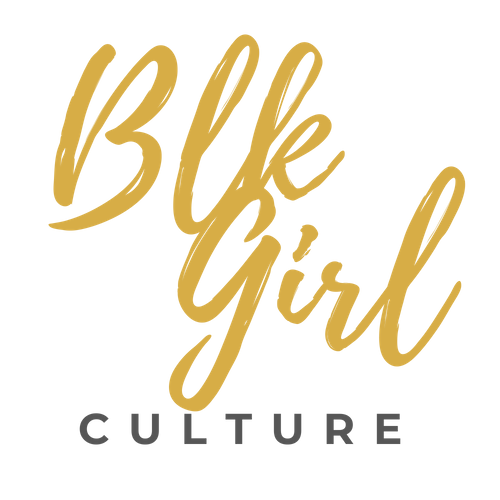Janelle Monae's Looks Are More Than Just A Fashion Statement
When I was in middle school, a time when I was looking for ways to discover, embrace and express myself, I found solace in fashion.
Although I had to follow a strict uniform policy, I would scour through magazines, analyze the trends and create fashion look-books in my head, imagining how I would dress when given the chance to finally pop out.
In the eighth grade, I remember grabbing a copy of InStyle. My eyes glossed over the advertisements and blond-haired, blue eyed celebrities clad in hyper-feminine, frilly gowns—until, I saw her.
Rocking a fierce pompadour, a tuxedo tailored to the gods and sleek oxford shoes, stood Janelle Monae in all her androgynous and unapologetic glory.
Janelle Monae/ InStyle, July 2009
I was shook, in the best way possible. Monae was not the first woman to rock a suit—we’ve seen women like Marlene Dietrich, Katharine Hepburn, Grace Jones pave the way in pop culture—but I hadn’t known about them yet, so Monae was the first woman I had ever seen in a tux, and it blew my mind. I loved how she was giving the finger to gender norms and beauty standards. I loved how she stood out from everyone else.
Once I started high school and developed my fashion sense, I filled my closet with blazers, oxford shoes, slacks, bow ties and trench coats. I wanted to dress as sharp as she did. I didn’t care about looking “boyish” to others. In my DIY suits, I felt powerful.
As I continued to followed her fashion (and musical) evolution, I realized that Monae’s style didn’t stem from her wanting to be on best dressed lists. Her looks had purpose.
In various interviews, Monae discussed her upbringing in her hometown of Kansas City. Her mother worked as a janitor, her father collected garbage and her stepfather delivered mail. When she pursued her musical career, Monae worked as a maid to make ends meet.
Growing up in a working class taught Monae a plethora of lifelong lessons from the importance of getting an education to understanding the value of money. As a tribute to her parents and Black working families, she began wearing black and white suits.
““They wore uniforms, and so I wore black and white as my own uniform to pay homage to them.””
Some of Janelle’s most iconic looks/Getty Images
Her wearing suits wasn’t a phase or a PR stunt. Monae stayed true to her homage. If she wasn’t rocking her tux, she was still in black + white, showing off different variations from dresses to polka dot jumpsuits.
When she wasn’t wearing black + white, she would still exude power with tailored outfits in shades of red or other bold colors.
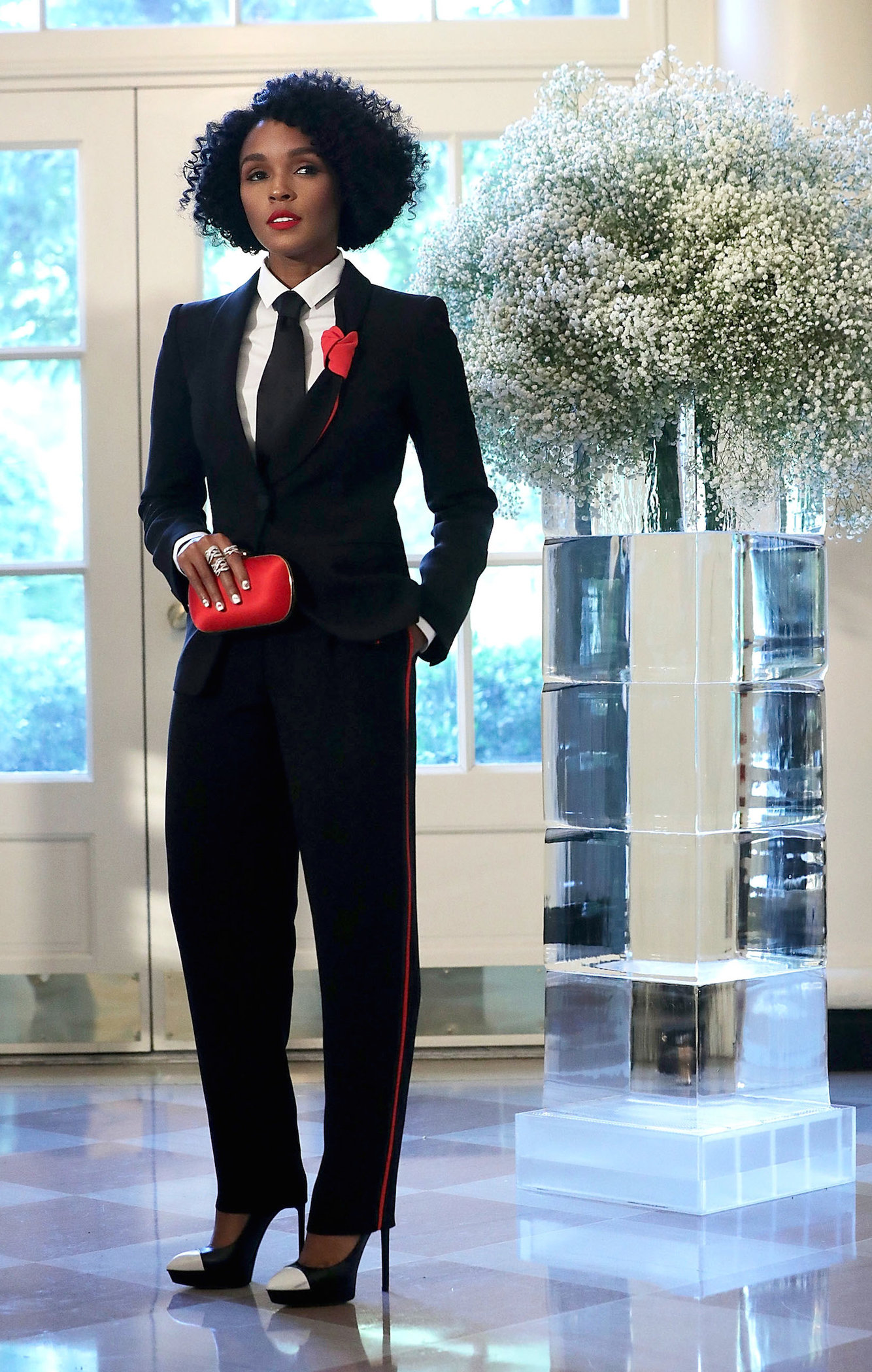
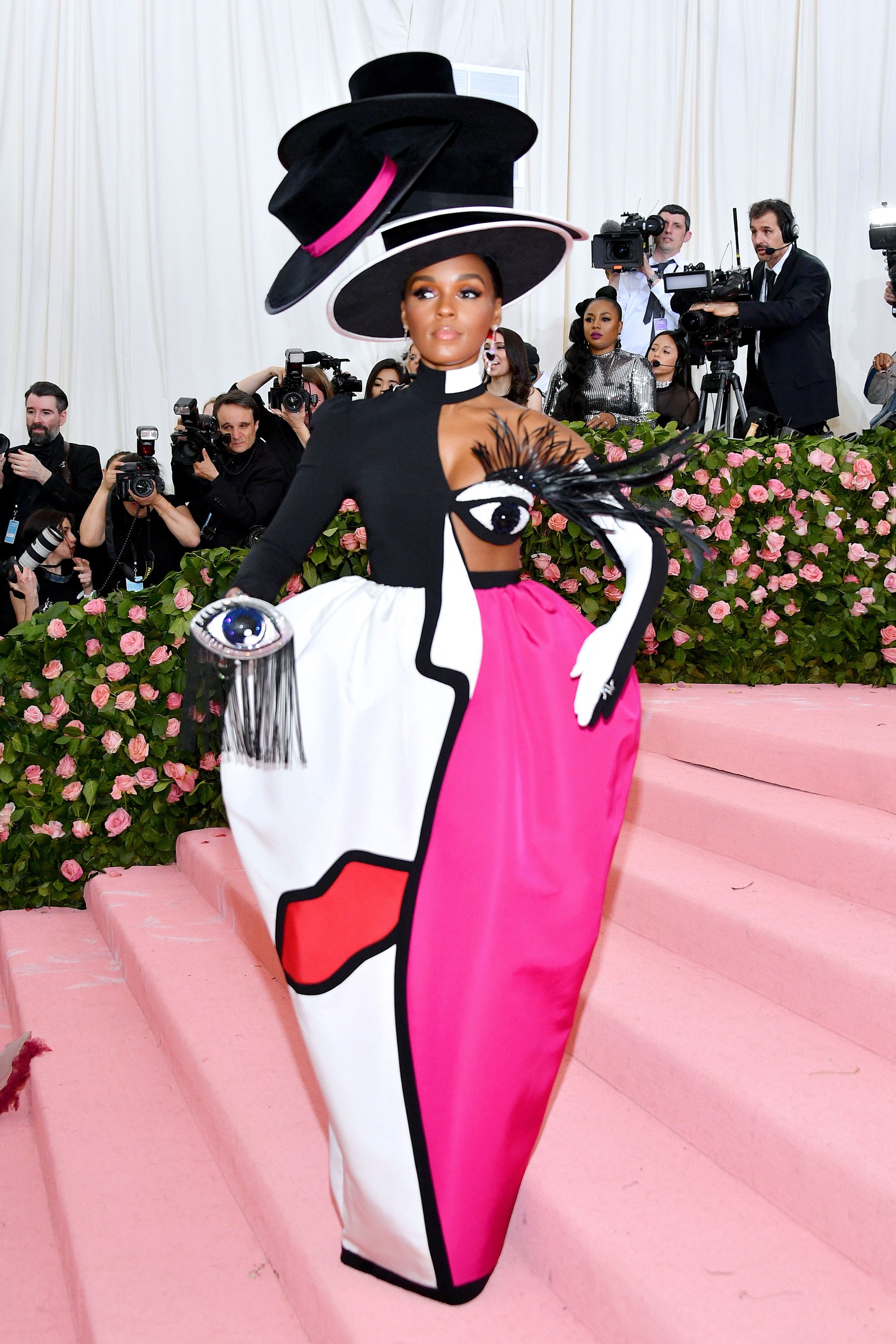
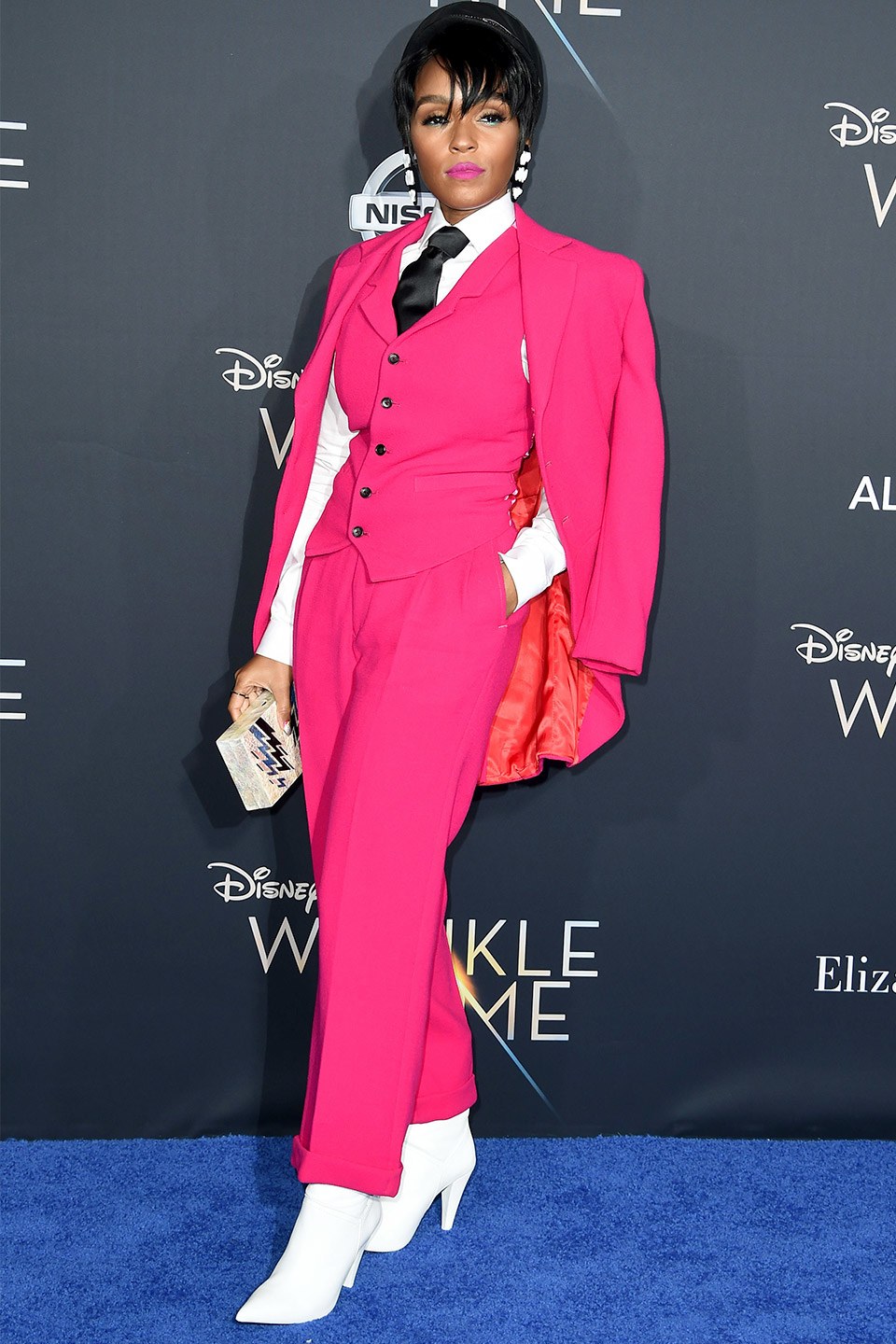
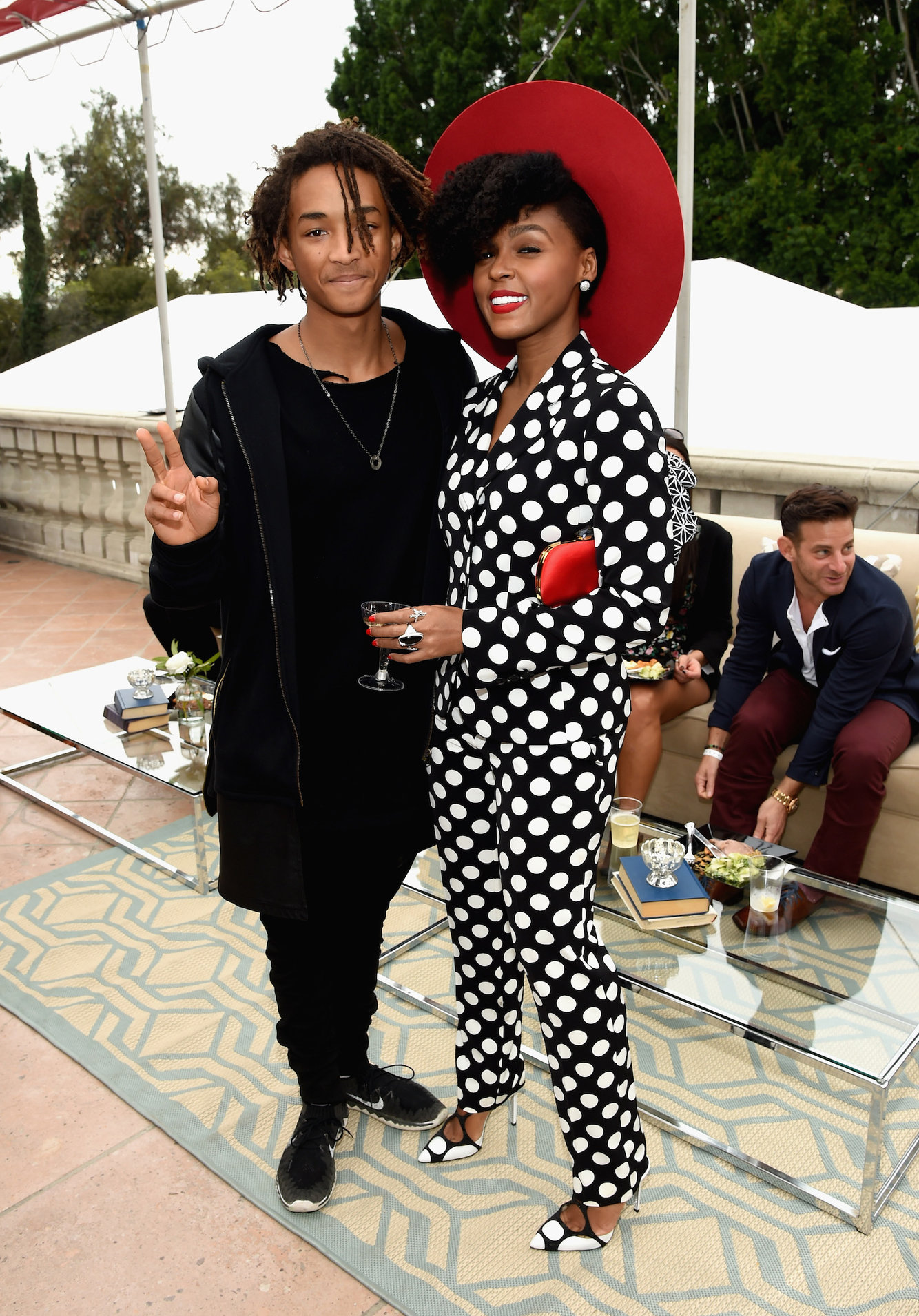
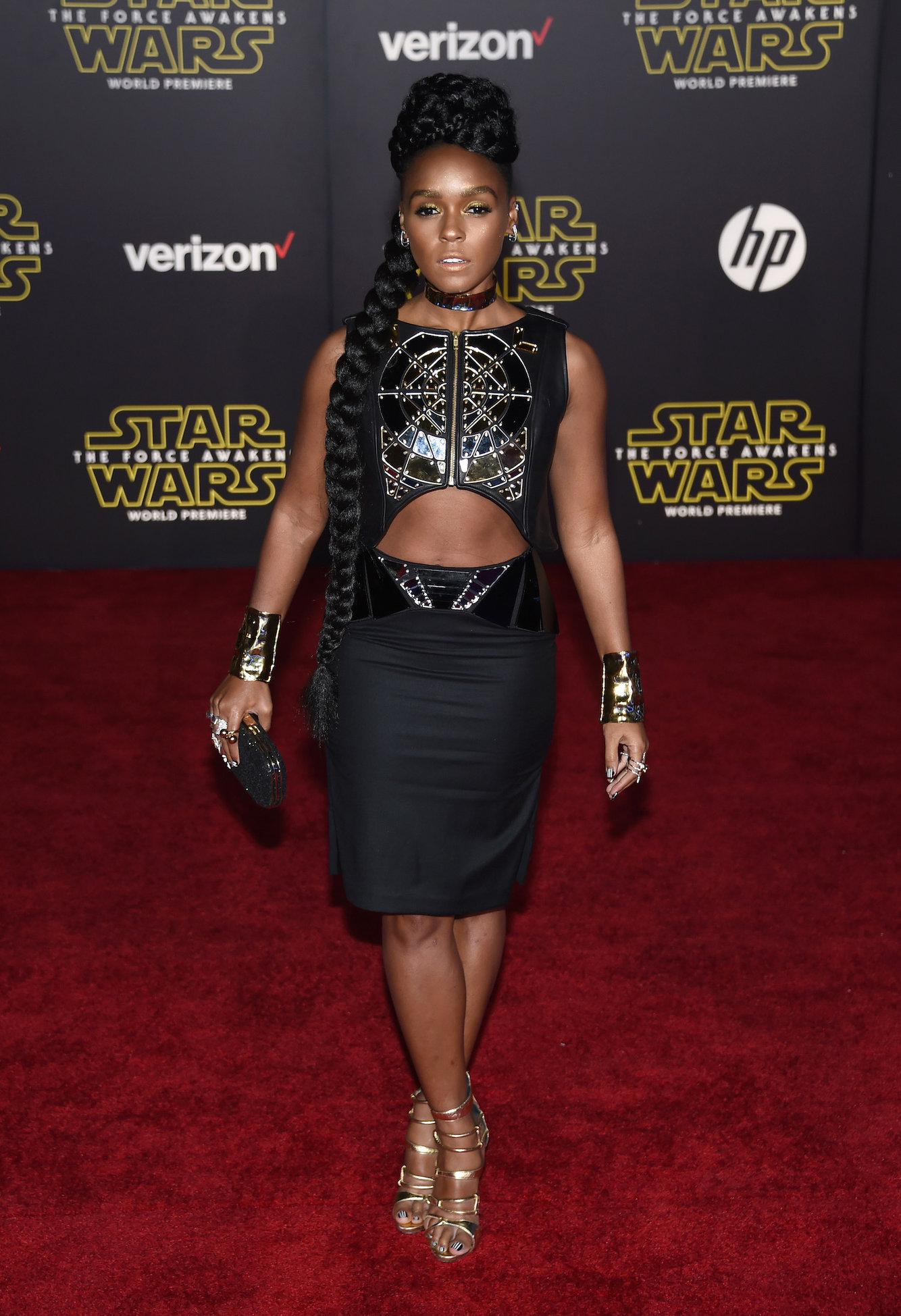
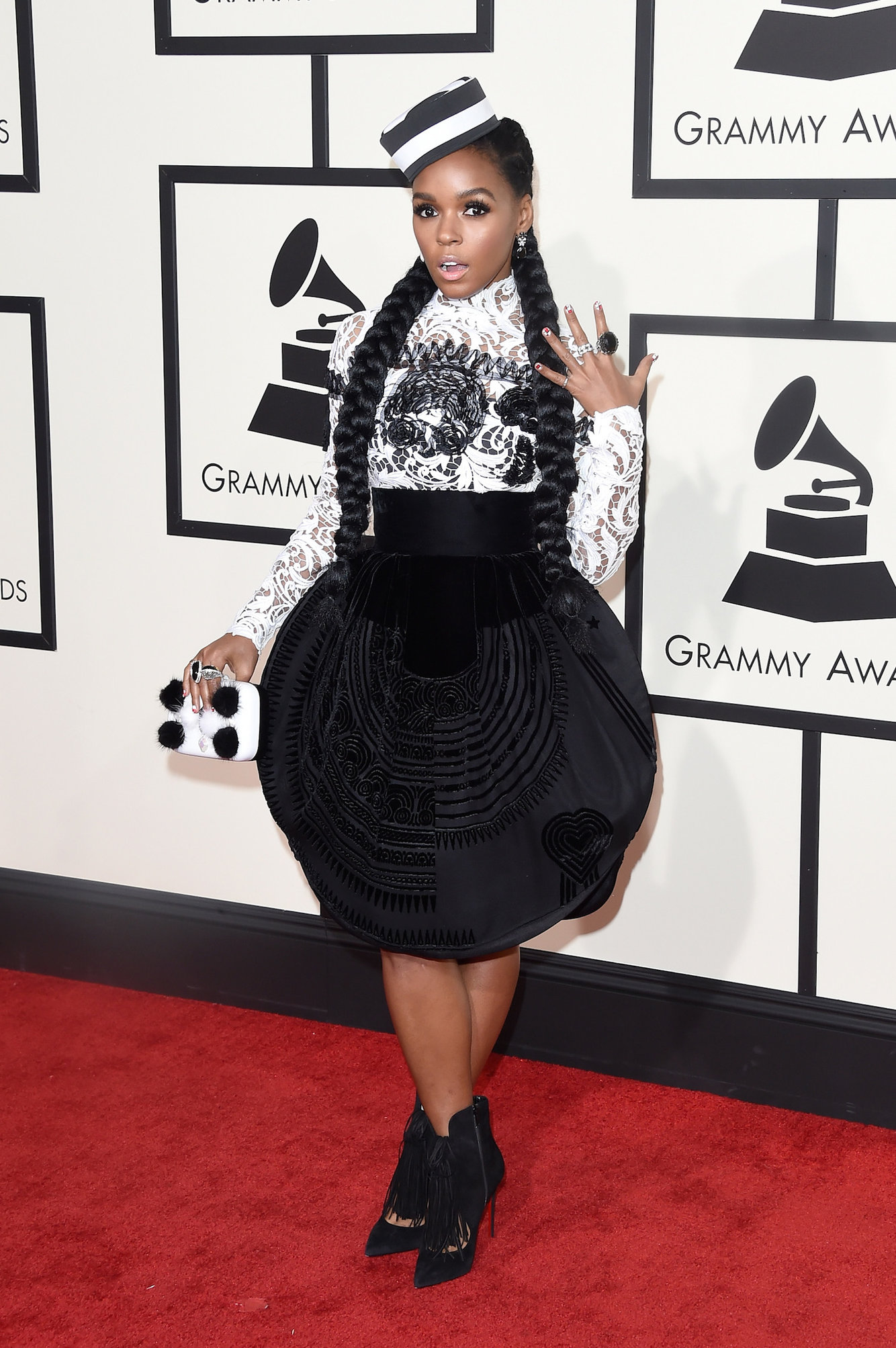
Over the years, Monae adjusted her style to reflect her personal growth. In 2016, she ventured into acting and garnered praise for her roles in "Moonlight” and “Hidden Figures.”
Last year, she released her third studio album, “Dirty Computer,” which she deemed to be her most liberating album to date. In this album, Monae explored her sexuality (she is Pansexual) as well as what it means to be a woman in today’s society.
Her outfits began to reflect her newest chapter in life as a fearless Queer black woman. Last summer, she stunned fans and spectators alike when she stepped out to the 2018 BET Awards in a rainbow gown made by Lebanese designer Nicolas Jebran.
Monae x BET Awards/Rex Shutterstock
This was not her standard uniform, but it was just as beautiful and purposeful. Throughout her career, Monae’s sexuality was often questioned by media. Frankly, it’s none of their business, and she strayed away from addressing the questions.
But here, she’s letting the world know what she’s proud of herself and the rest of the LGBTQ+ community. And, we’re proud of her too.
Janelle Monae is an icon. She’s never shied away from challenging beauty standards. She continually flaunts her big eyebrows, gorgeous brown skin and natural hair. She’s never placed a gender on her clothing. Instead, she wears what connects her to her family, her blackness and most importantly, herself.
Her fashion sense is more than an aesthetic. It is her life story.
It is a representation of the woman she has become and will work towards being. It is a sociopolitical statement that she is an empowered Black woman who fought hard to get to the top and will not fall. It is a reminder that we have control of our lives despite what society has to say. We can love who want to love. We can be who we want to be.
I learned this lesson from her 10 years ago when I first saw that InStyle spread, and I take that lesson everywhere I go.
